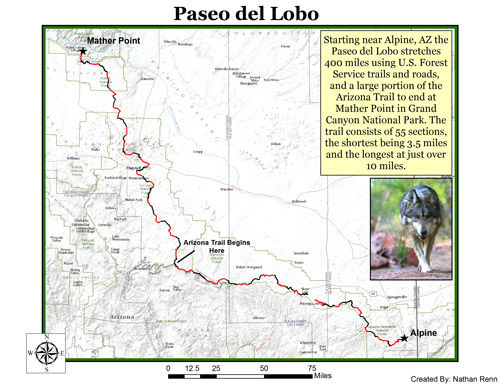History of the Sinagua written in the red rocks of ruins
Oct. 24, 2008 12:00 AM
The Arizona Republic
Palatki Red Cliffs Heritage Site is a nice place to explore when the sun is out and the weather is nice. It might be even better on a stormy day.
"It’s really beautiful when it rains here," Coconino National Forest ranger Terrilynn Green said. Waterfalls spill over the cliffs, but the ruin, sheltered by an overhang, remains dry.
Because of this, Palatki (a Hopi word meaning "red house") is fairly well-preserved, although it never has been rebuilt and the site hasn’t been excavated, Green said. …
The hike to the ruin is about a quarter-mile. Some might find it challenging, but anyone in good physical condition should have no trouble.
To the left of the visitor center, another trail, also about a quarter-mile and with a gentle grade, leads to an overhang containing rock art and the remains of an old homestead.
About 2.5 miles down the road from Palatki is another ruin, Honanki. The site is watched over by Pink Jeep Tours Co., which signs in visitors and take clients to the ruin, pointing to various symbols on the rock.
Honanki has more walls standing than Palatki does, and it may have been one of the largest Sinagua population centers in the Verde Valley. Archaeologists believe it was one of the places the Sinagua went after they left Palatki.
There were more than 60 rooms on the ground floor, perhaps as many as 72 when additional stories are taken into account. The site was abandoned around 1300.
Some of the rock art is obvious; some of it is visible only in the right light. Archaeologists say they find something new every time they look at the site.
History of the Sinagua written in the red rocks of ruins
Coconino National Forest – Palatki Ruins






 Three images taken from space of the Wallow North fire in Arizona in June 2011 show the fierce magnitude of this event.
Three images taken from space of the Wallow North fire in Arizona in June 2011 show the fierce magnitude of this event.